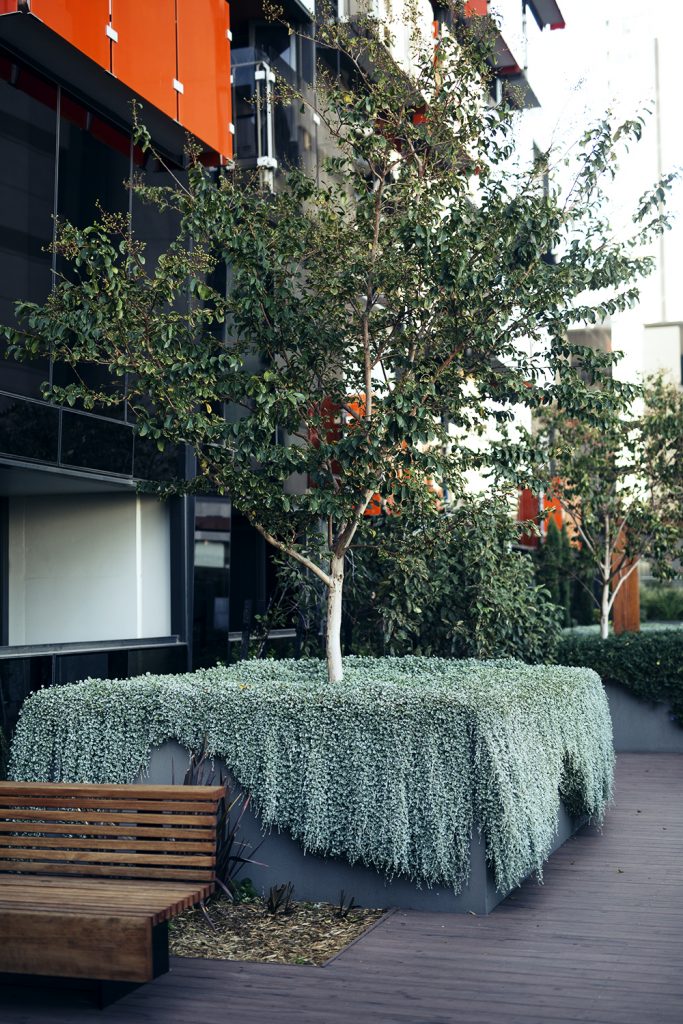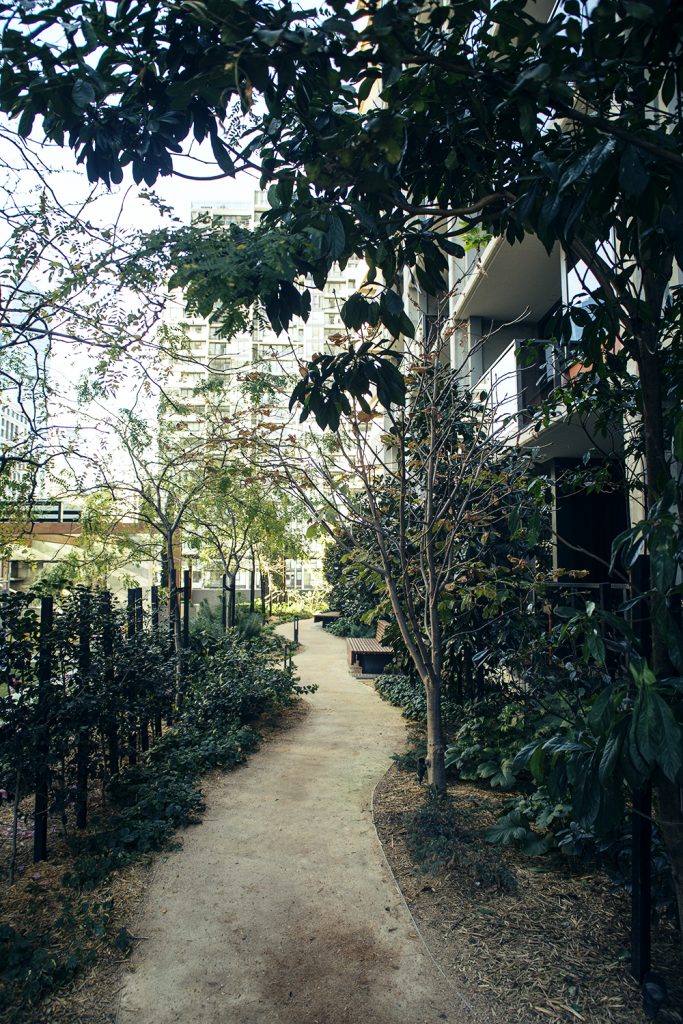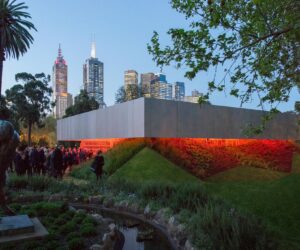Far East Consortium promotes vertical green spaces
Prominent developer Far East Consortium has revealed a pioneering vertical green rooftop at its 2,500- apartment Upper West Side development that spans over 4,000sqm, in a move to create a new best practice for green inner-city spaces.
Located in the heart of Melbourne’s CBD, between Spencer, Bourke and Lonsdale Streets, Upper West Side’s communal rooftop represents almost one acre of landscaped podium rooftop gardens, lounge areas, barbecue spaces, resort-style pool (Tower Three) and ‘The Bouldering Cave’ – an innovative horizontal rock-climbing wall area.
Designed by Cottee Parker Architects in conjunction with njr and associates, Far East’s green rooftop amenity represents an investment in excess of $3.5million and includes a range of soft and hard landscaping features to enable greater recreational opportunities for residents, setting a new standard for inner-city living.
Lead architect, Shane Williams of Cottee Park Architects describes Upper West Side’s rooftop space as a garden in the sky, designed to allow residents and their visitors the opportunity to relax in a space as close to a natural environment as possible despite living in an apartment building.
“When designing Upper West Side’s outdoor rooftop spaces, we carefully considered how each plant would establish over the next 10 to 20 years, choosing plants that had colour, vibrancy and variety, with fruit-bearing, flowering and edible vegetable species included to ensure we could create a as well as sensory- pleasing garden for residents,” says Shane Williams.
“Each rooftop space varies in size, weaving in and out between buildings, with the various podiums and tower roofs not only offering various levels of quiet and intimacy for residents but also designed to capture optimum rainfall, to in turn irrigate and cultivate all on-site planting.”
“ Urban forestation is very topical at the moment and we were keen to embrace this as much as possible with Upper West Side. In addition to notably lowering peak temperatures caused by hard-surface heat radiation, the rooftop design will retain storm water flow for continued plant growth,” says Shane Williams.
Another key point of difference to Upper West Side is ‘The Bouldering Cave’ – an area devoted solely to a set of rock climbing walls. Strategically positioned, the walls have an organic appearance and are crafted with a cementitious material, while the floors manufactured with a recycled rubber material, to allow residents to feel they are climbing on actual cliff faces.
Other amenities include bocce fields, outdoor lounge areas, communal kitchen / barbecue and dining spaces, a 25-metre indoor lap pool and sauna, a fully equipped gymnasium and a shared function / study area.
“We believe Upper West Side has set a new benchmark for green living in Melbourne’s CBD. Just because we are building apartments rather than traditional quarter-acre blocks, doesn’t mean we can’t also deliver on dynamic green spaces for our residents, too. With such a growing number of apartment buildings, comes a requirement to deliver adequate green spaces and amenity,” said Craig Williams, executive director of Far East Consortium.
“The rooftop gardens and creative amenity spaces at Upper West Side highlight just how far we can take it. The response from our residents reinforces Far East Consortium’s development direction towards creating expansive garden spaces within each of our projects,” said Craig Williams.
Far East Consortium has recently commissioned a study into changing purchaser demands. The results indicated a strong preference to green and environmentally conscious design over functional amenity such as storage and balcony space. The report stated that a majority of purchasers would trade balcony space for more open-air flow and communal garden amenity.
“The recent report indicated that residents would happily forgo an extra two or three square metres of balcony space for a dedication to communal amenity and gardens instead. Apartments with green spaces often factor into a higher re-sale value for residents, with the demand clearly demonstrated in this recent report,” said Craig Williams.
“The success of the project really comes down to the shifting trends in the CBD apartment market – green spaces are essentially the way of the future,” Craig Williams says.
Upper West Side was first launched in 2010 with a project value of approximately $1.4billion. It is the single largest residential development Melbourne has seen in the past 10 years. The site hosts 30 hospitality and retail outlets including Pretty Mama, Piccolo and the soon-to-open Higher Ground café from Nathan Toleman of Top Paddock and Kettle Black success.





